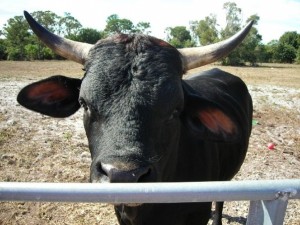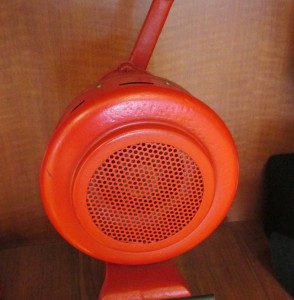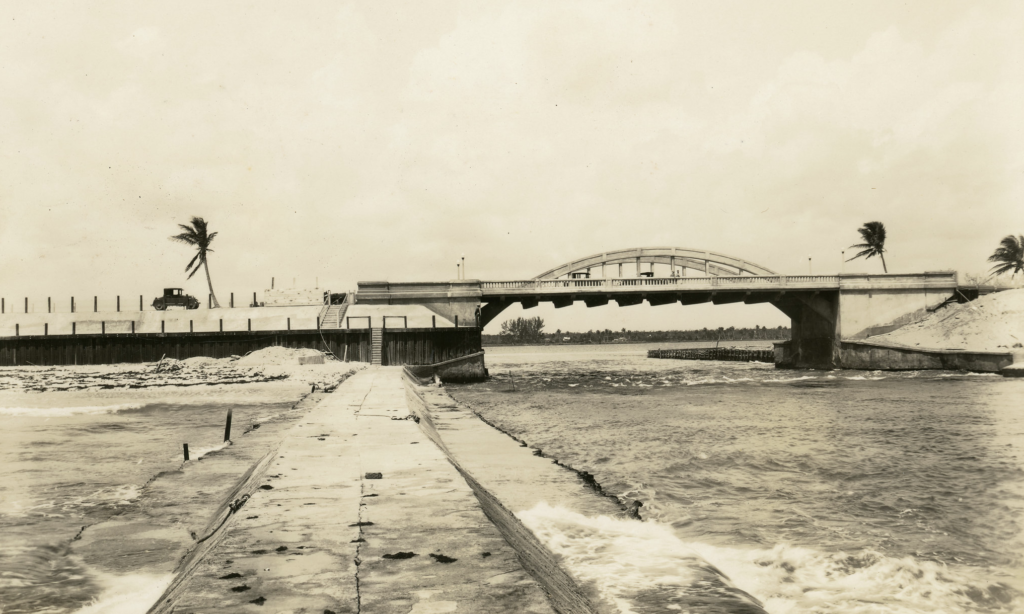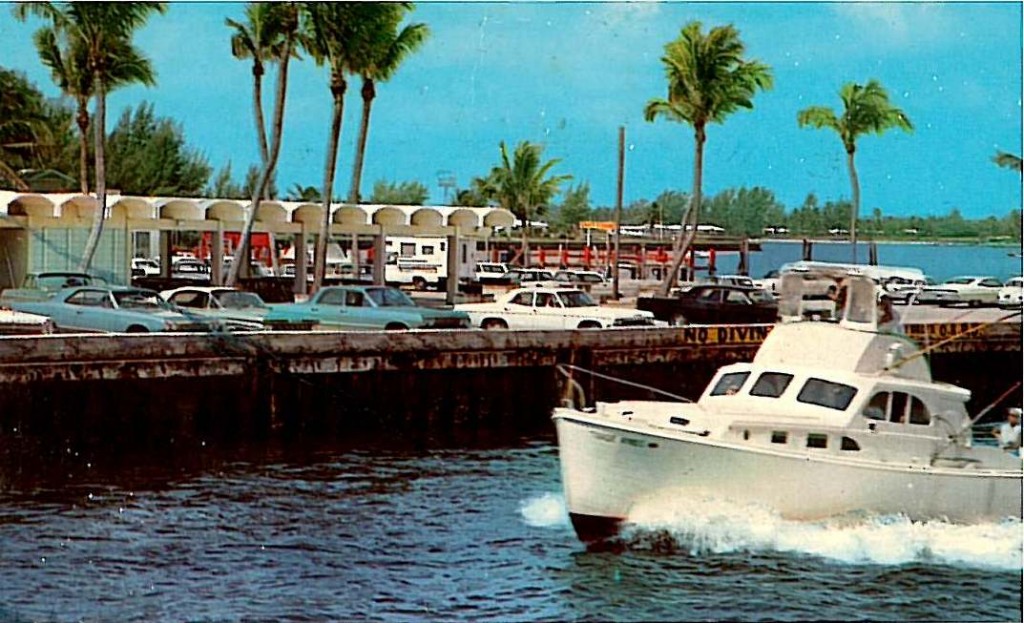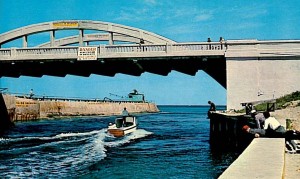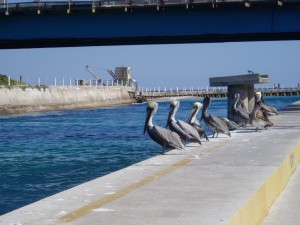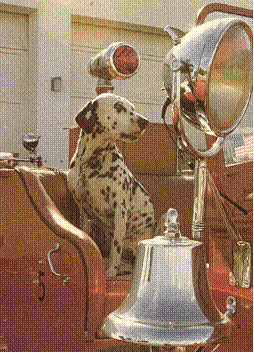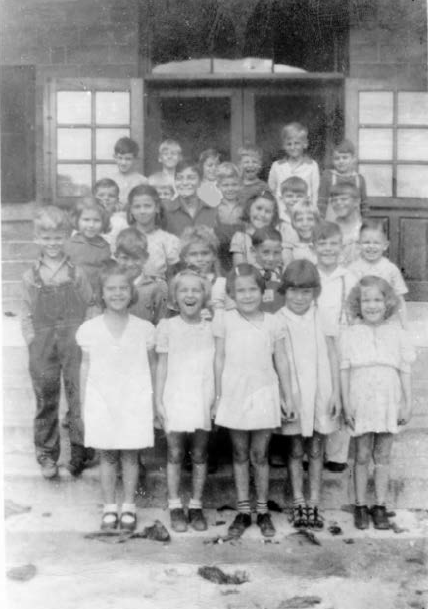I guess there has to be a last of everything, and in Boynton’s proud dairy history, these are indeed the last. The last cows of Boynton are in their 12 acre pasture, tucked between a gas station, a development, and Knuth Road. You may have driven past them on Boynton Beach Boulevard. I often take children there to feed the cows carrots, so they can see what
a real cow looks like. One evening we were lucky enough to meet Mrs. Winchester, who came by to check on them. There was a nostalgic gaze on her face as she told me of the days when thousands of cows grazed across Boynton’s prairies. She laughed as she told me her first name – Elsie! A perfect name for a dairyman’s wife.
These last cows hold the secret of all those that came before them. Boynton’s flat drained sandy and muck soils were ideal for cattle grazing, and in the 1920s, the Model Land Company encouraged people to enter the dairying business. The first large-scale dairy had some very lucky cows, who enjoyed an ocean view. In 1920, Ward Miller decided that the lands that today make up Briny Breezes would make a fine dairy. Being near the ocean, diseases brought by ticks would be less of a problem. In 1923, he built the Shore Acres Dairy, along with owning the Miller-Jordan Dairy on Federal Highway, while W.S. Shepard had the Royal Palm Dairy.
Another large dairy in the early days of Boynton dairying was Bertana Farms, owned by A.E Parker and on the Dixie Highway. He was also part owner of the Alfar Creamery in West Palm Beach, and a former city manager of West Palm Beach; much of the milk from Boynton was processed through the Alfar Creamery. Harry Benson and E.L. Winchester also had their dairys on the eastern side of Boynton.
As land along the ocean and the Dixie highway became more valuable, dairies began to pop up along the Military Trail, Lawrence Road and what would eventually become Congress Avenue (Congress was not put through Boynton until 1965). One of earliest and most famous dairy families of Boynton were the Weavers. Their dairy was located along the Military Trail, where the Cypress Creek Golf Club is today. M.A. Weaver served as mayor of Boynton for many years, and their house still stands in Lake Boynton Estates. His sons had land north and south of Boynton Beach Boulevard on Military Trail, all of which was eventually sold for developments and shopping. Stanley Weaver was also very much involved in Boynton, serving as mayor in the 1950s and serving longer than anyone else ever has on the Lake Worth Drainage District Board. The Boynton Canal is now named in his honor.
Next installment – The Last Cows of Boynton – Part 2

